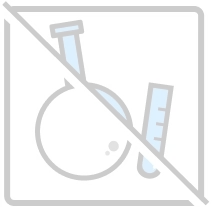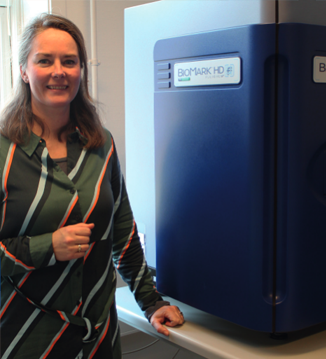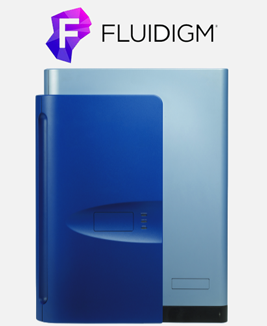Genetic stock structures determine how to fish sustainably
Being the National Institute for Aquatic Resources, DTU Aqua conducts research, provides advice, educate at university level and contributes to innovation in the sustainable use and management of aquatic resources. One of the things they give advice about on a European scale is sustainability regarding fish populations and overfishing.
Their advice is based on several factors, and some of these can be found and analyzed using the BioMark HD to establish where the caught fish – namely herring in this instance, originate from. Dorte Bekkevold explains: “One of the things we do is identify and describe the genetic stock structure. A herring is not just a herring. Herring migrate and the ones that are caught originate from many different places and populations, and it is our job to determine where exactly.”


